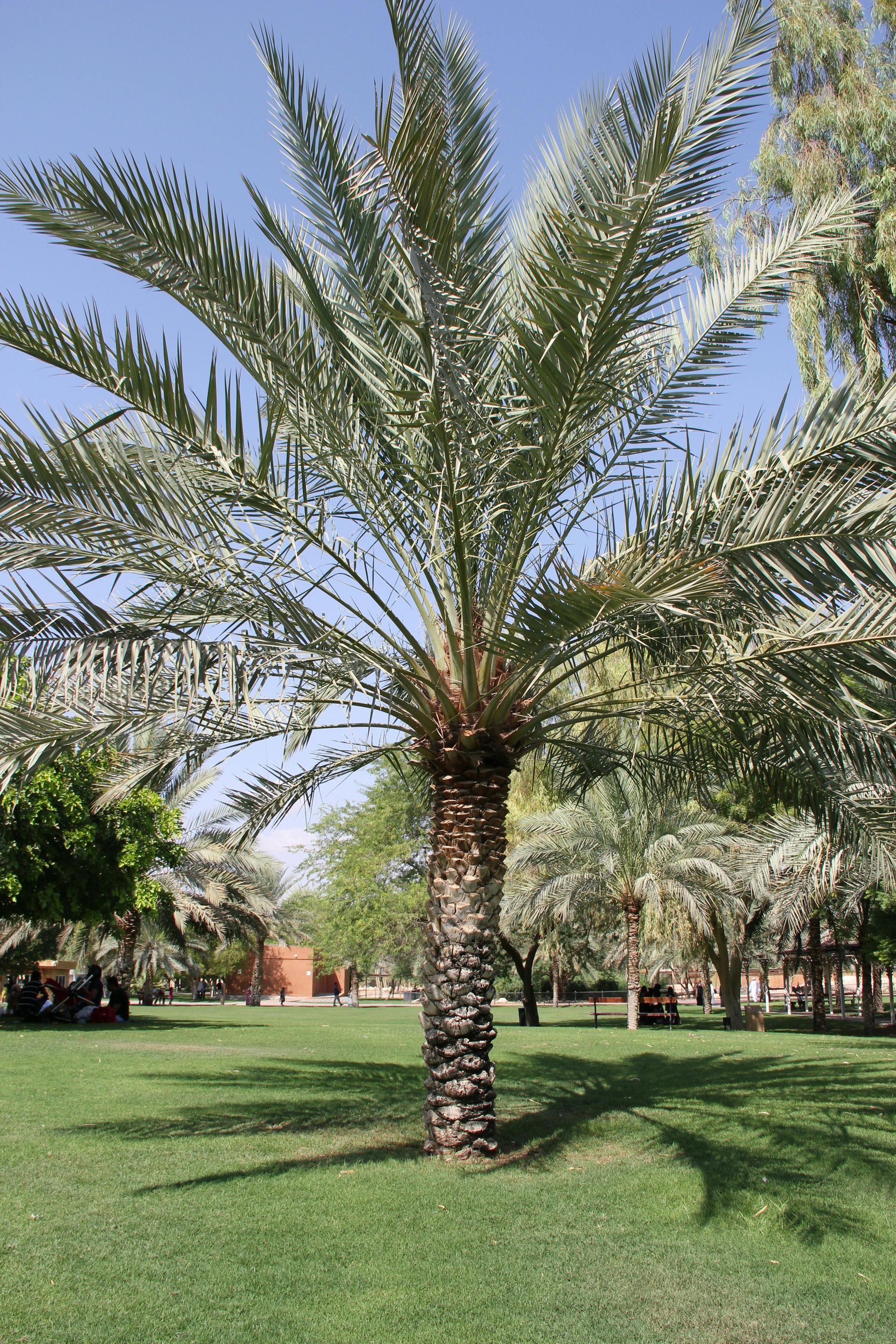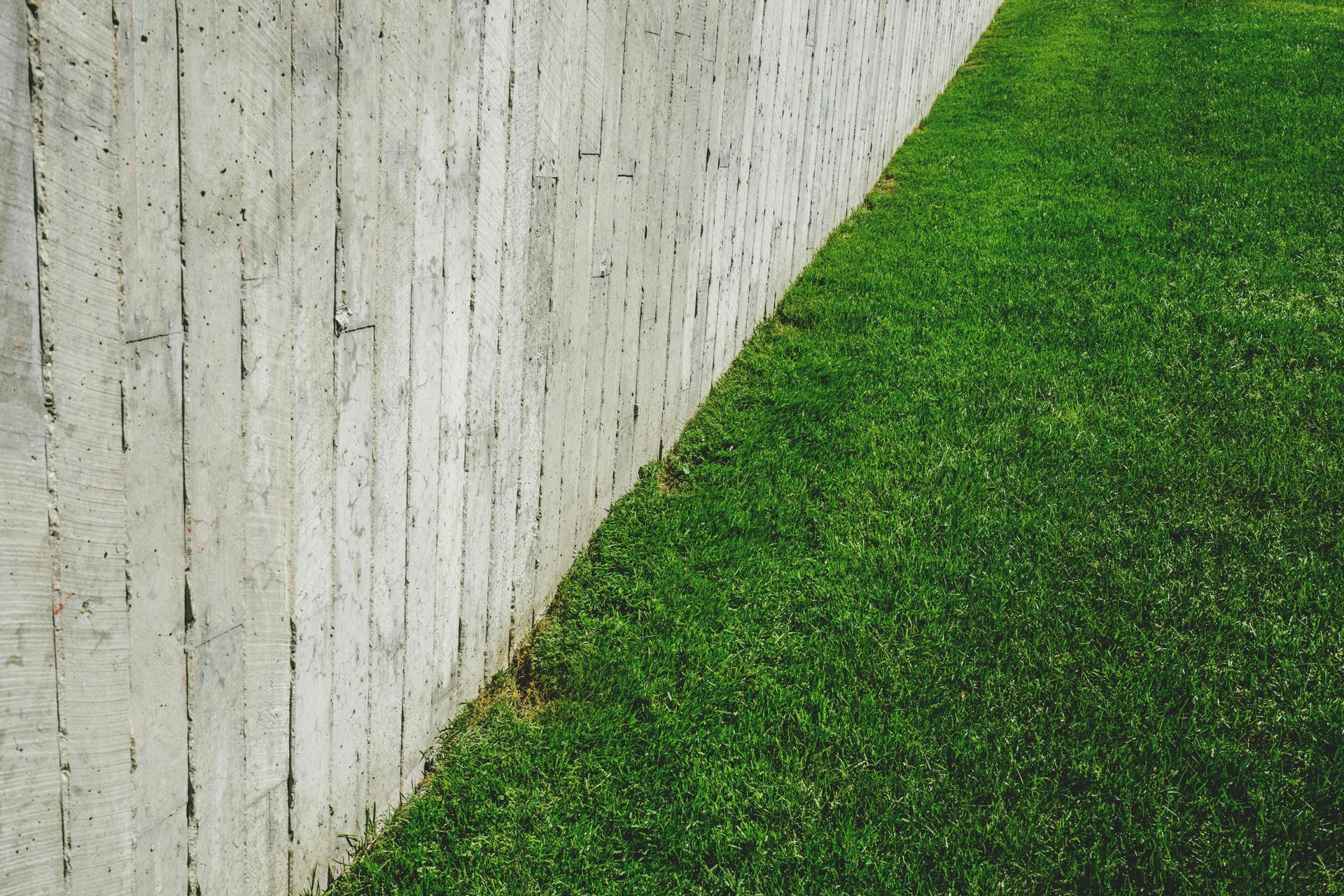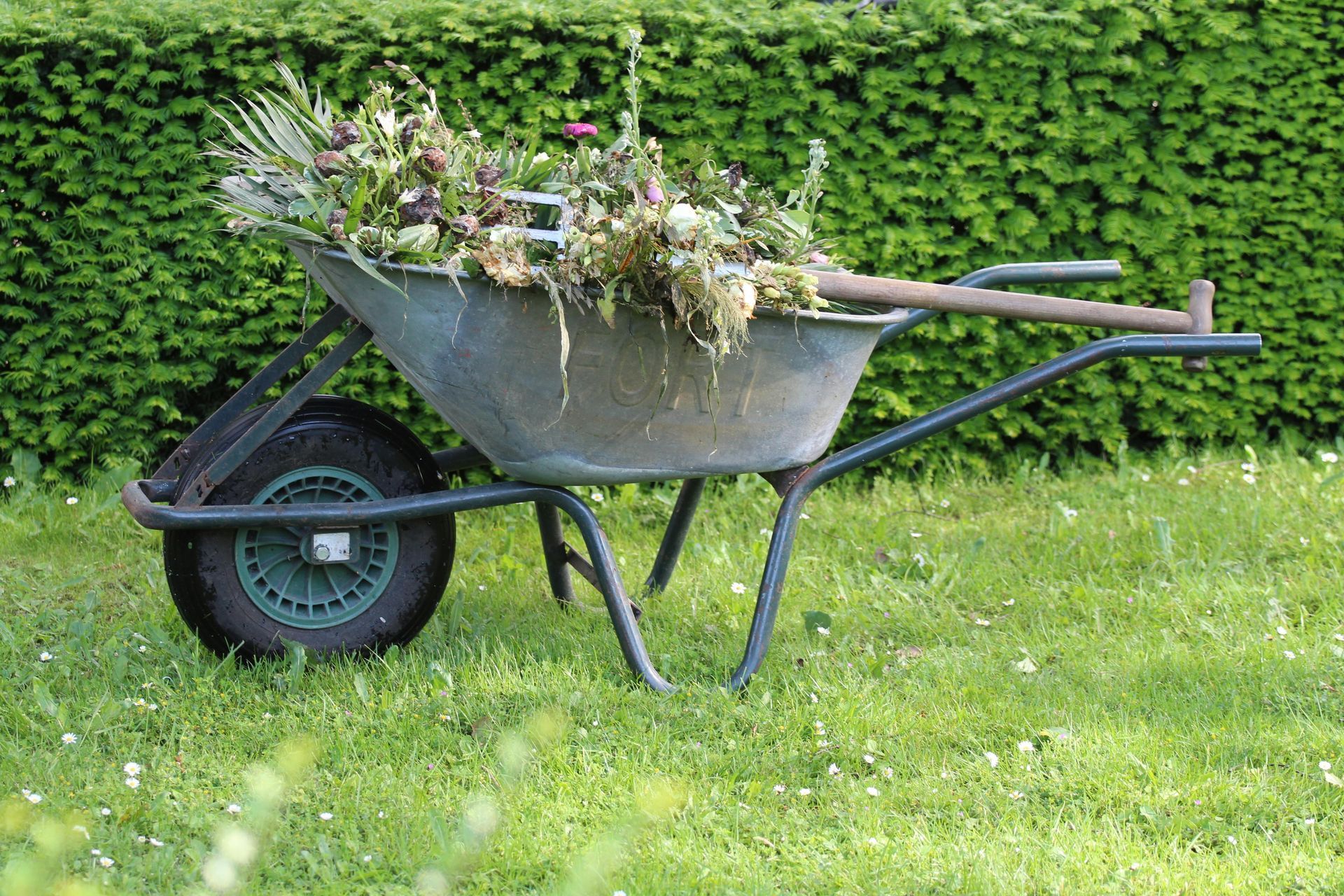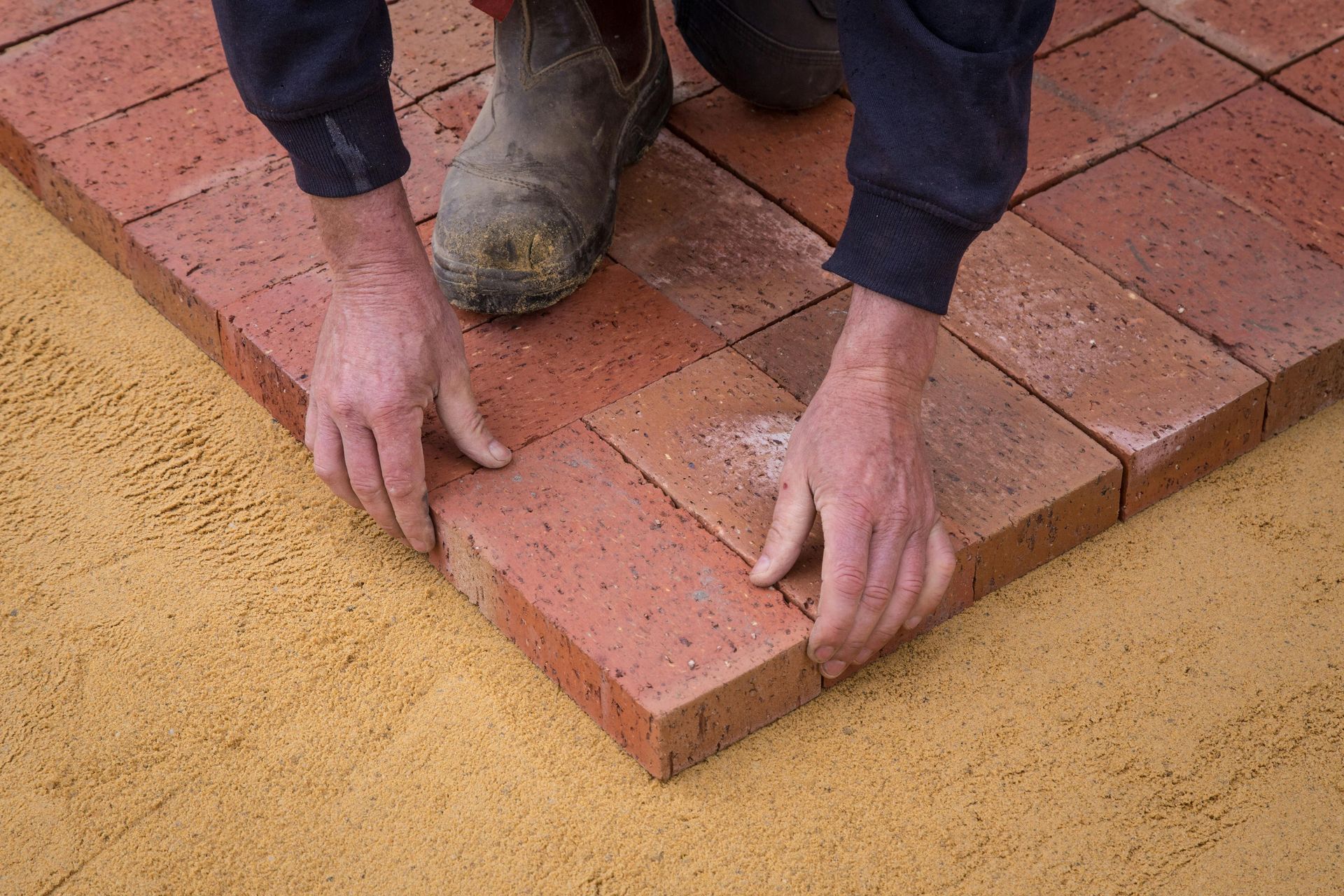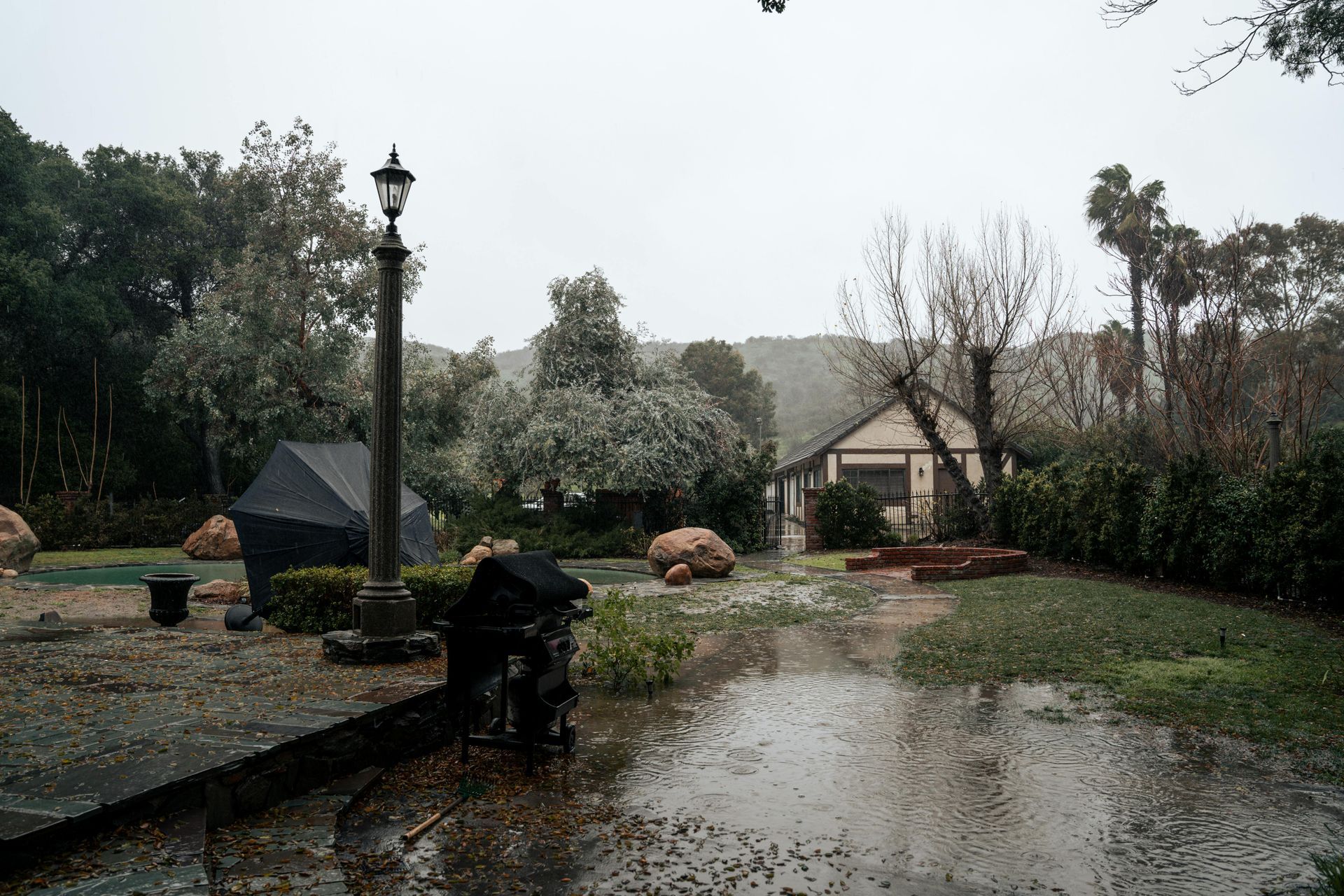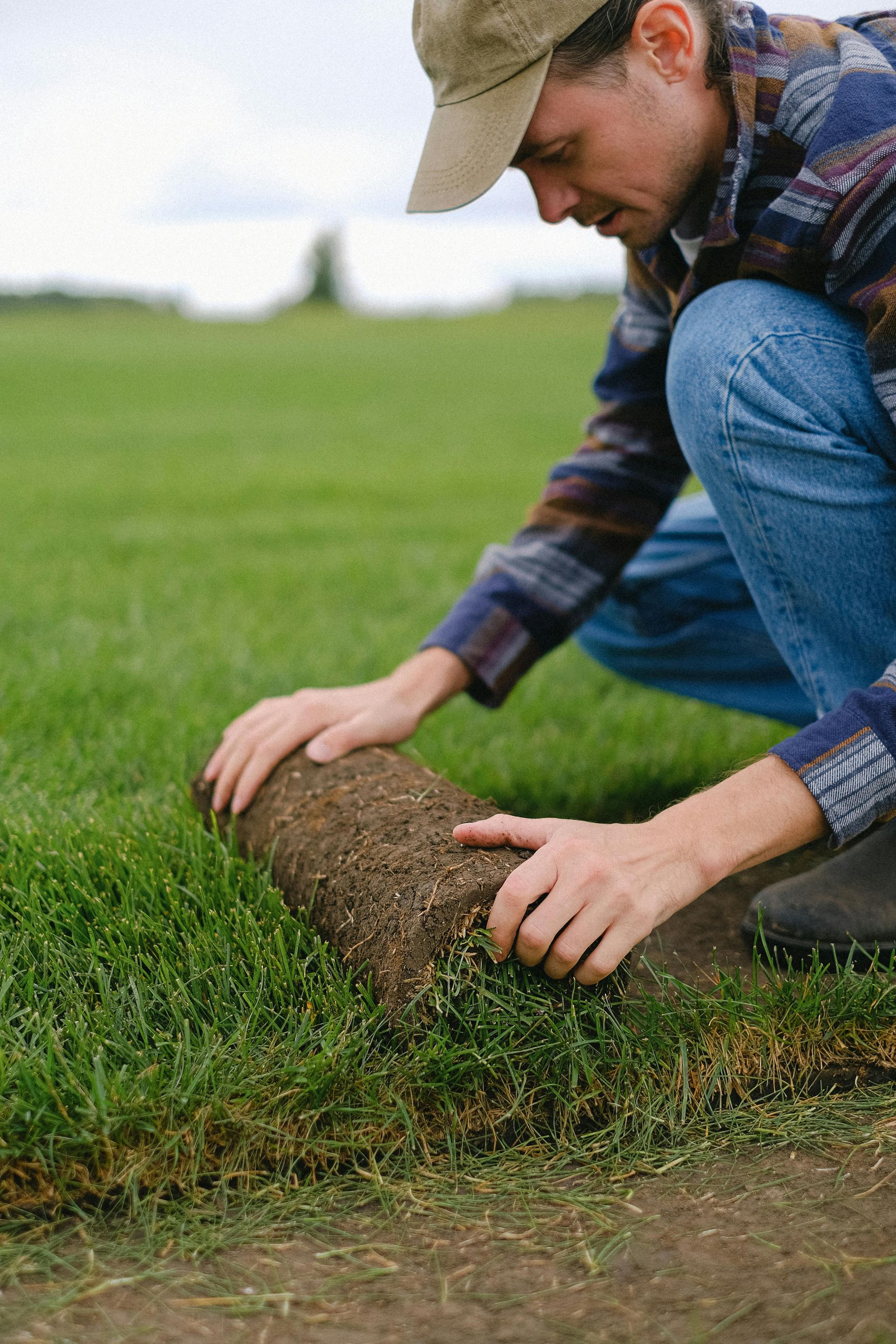Understanding Florida Soil: A Guide to Thriving Lawns in Bradenton
Hey there, Bradenton homeowner! Ever wondered why your lawn isn’t looking as lush as your neighbor’s? Spoiler alert: it’s probably the soil. Florida’s soil, especially here in Bradenton, has its own personality—sandy, a bit moody, and not always easy to work with.
But don’t worry! With a little know-how and some love, you can turn your yard into a green paradise. At Paradise Lawn and Landscaping, we’ve been taming Bradenton’s tricky soil for years, and we’re here to share the secrets to a thriving lawn. Let’s dig in (pun intended) and explore what makes Bradenton soil unique and how you can make your lawn the talk of the town.
Key Takeaways
- Bradenton’s soil is sandy, poorly drained, and low in nutrients, making lawn care a bit challenging but totally manageable.
- Soil testing is your first step to understanding your yard’s needs, especially pH and nutrient levels.
- Organic matter like compost can boost fertility and help retain moisture in sandy soils.
- Choose grass types like St. Augustine or Zoysia that thrive in Bradenton’s conditions.
- Proper irrigation and fertilization are key to overcoming drainage and nutrient-leaching issues.
- Paradise Lawn and Landscaping offers expert solutions tailored to Bradenton’s unique soil and climate.
What’s the Deal with Bradenton Soil?
Let’s get to know the dirt beneath your feet. Bradenton’s soil is part of the Bradenton soil series—a fancy name for very deep, poorly drained soils formed from loamy marine sediments with a touch of calcareous (that’s limestone-y) material. Picture a soil profile that’s mostly fine sand with some organic matter sprinkled in, and a pH that’s moderately acidic, usually around 5.5 to 6.5. Sounds simple, right? Well, not quite.
Bradenton’s humid subtropical climate doesn’t make things easier. With 50 to 60 inches of rain a year and average temperatures hovering between 70 and 74°F, your lawn is basically living in a sauna.
The heavy rainfall and sandy texture mean water zips through the soil faster than you can say “sprinkler.” This can leave your grass thirsty and nutrient-starved if you’re not careful. But don’t stress—understanding these quirks is the first step to a lawn that makes your neighbors jealous.
Challenges of Bradenton Soil for Lawns
Bradenton’s soil is like that friend who’s great but needs a little extra attention. Here are the main challenges you’ll face:
- Poor drainage: The soil holds water like a sieve holds soup. Water pools in low spots, which can drown your grass roots.
- Low fertility: Sandy soils are notorious for lacking nutrients. Whatever you add tends to wash away faster than your weekend plans during a Florida storm.
- Rapid permeability: The top layers let water and nutrients slip through like they’re on a waterslide, making it hard to keep your lawn fed.
- Organic matter shortage: There’s not much natural “good stuff” in the soil to help your grass grow strong.
These challenges might sound like a lot, but they’re not unbeatable. With the right approach, you can work with Bradenton’s soil to create a lawn that’s lush, green, and ready for backyard barbecues.
Tips for Thriving Lawns in Bradenton
Ready to give your lawn some TLC? Here’s how to tackle Bradenton’s soil challenges and grow a yard you’ll love showing off:
1. Test Your Soil First
Think of soil testing as a check-up for your lawn. Grab a soil test kit from your local garden center or send a sample to a lab (UF/IFAS Extension is awesome for this). Check the pH and nutrient levels. If your soil’s too acidic (below 6.0), add some lime to balance it out. Too alkaline? Sulfur can help. Knowing your soil’s baseline is like having a map to lawn success.
2. Add Organic Matter
Bradenton’s sandy soil is hungry for organic matter. Mix in compost, peat moss, or well-rotted manure to boost fertility and help the soil hold onto moisture. Aim for about 2-3 inches of organic matter worked into the top 6 inches of soil. It’s like giving your lawn a nutrient-packed smoothie.
3. Pick the Right Grass
Not all grasses love Bradenton’s sandy, soggy conditions. Go for tough varieties like St. Augustine (a Florida favorite) or Zoysia, which handle poor drainage and heat like champs. Bahia grass is another solid pick if you want something low-maintenance. Avoid grasses like Bermuda that need richer soils—they’ll sulk in Bradenton.
4. Master Irrigation
Watering a Bradenton lawn is all about balance. Too much, and you’ll drown your grass; too little, and it’ll crisp up like toast. Aim for deep, infrequent watering—about 1 inch per week, split into 2-3 sessions. Use a rain gauge to avoid overwatering during rainy spells. And if drainage is a problem, consider installing a French drain or raised beds for better water flow.
5. Fertilize Smart
Bradenton’s soil loves to let nutrients slip away, so you’ll need a fertilization plan that’s on point. Use a slow-release fertilizer with a balanced N-P-K ratio (like 16-4-8) to feed your lawn steadily. Apply every 6-8 weeks during the growing season (spring through early fall). Bonus tip: go for a fertilizer with micronutrients like iron to give your grass that vibrant green glow.
6. Aerate and Condition
Aerating your lawn is like letting it breathe. Use a core aerator to poke holes in the soil every year or two, especially if it’s compacted. This helps water, air, and nutrients reach the roots. Follow up with a top-dressing of compost to keep the soil happy and healthy.
How Paradise Lawn and Landscaping Can Help
Let’s be real—growing a great lawn in Bradenton can feel like a full-time job. That’s where Paradise Lawn and Landscaping comes in. We know Bradenton’s soil like the back of our hand, and we’re pros at turning sandy, nutrient-shy yards into lush, green masterpieces.
Our team offers everything from soil testing and custom fertilization to aeration, irrigation setup, and eco-friendly landscaping. We’re all about sustainable practices that keep your lawn thriving and the environment happy.
Whether you need a one-time lawn revamp or ongoing care, we’ve got you covered. Our tailored plans are designed to work with Bradenton’s unique soil and climate, so you get results that last. Plus, we’re big on client satisfaction—your dream lawn is our mission.
Ready to transform your yard? Contact Paradise Lawn and Landscaping today for a free quote or consultation. Let’s make your lawn the envy of the neighborhood!
Frequently Asked Questions
How often should I test my soil?
Test your soil every 1-2 years, or whenever your lawn starts looking sad. It’s the best way to catch pH or nutrient issues early.
What’s the best grass for Bradenton’s sandy soil?
St. Augustine and Zoysia are top picks. They’re tough, handle poor drainage well, and love Florida’s heat.
How can I improve drainage in my yard?
Aeration helps, but for bigger issues, consider a French drain or raised beds. A pro like Paradise Lawn and Landscaping can assess and fix it.
Why does my lawn look patchy even with fertilizer?
Patchiness could mean nutrient leaching or uneven watering. Test your soil and stick to a consistent fertilization and irrigation schedule.
Can I make my lawn eco-friendly?
Absolutely! Use organic fertilizers, compost, and water-saving irrigation. Paradise Lawn and Landscaping specializes in sustainable solutions.
Final Thoughts
Your Bradenton lawn has huge potential, even with its sandy, tricky soil. By understanding what makes Bradenton’s soil unique and following smart tips like soil testing, adding organic matter, and choosing the right grass, you’re on your way to a yard that’s green, lush, and ready for summer fun.
But if you want to skip the guesswork and get pro results, Paradise Lawn and Landscaping is here to help. Our expert team is ready to tackle your soil challenges and create a lawn you’ll love. Reach out today for a free consultation at Paradise Lawn and Landscaping or give us a call. Let’s grow something amazing together!

